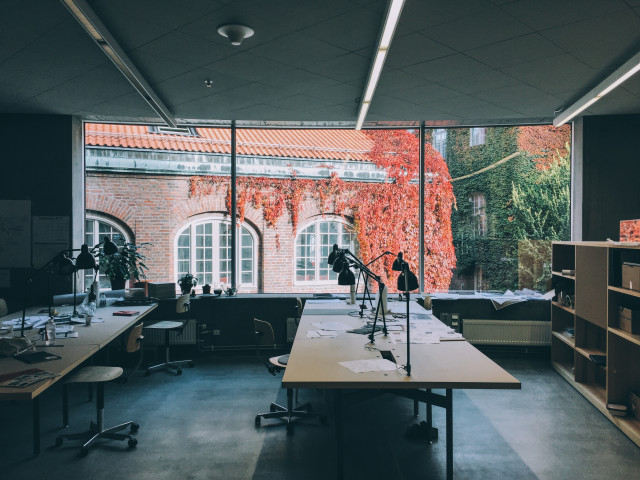In this course, the students will learn about the relationship between technology and society, to understand the interplay between technology and social and cultural factors. Successful innovative technologies need to be adopted and accepted by the society, and be relevant to intended user groups. But what makes users choose to engage with a new technology, and what not? This course provides a fundamental basis for designing technological innovations in a socially conscious manner. What are the predominant theories that explain the socio-cultural processes behind technology? How are technologies adopted and used by different user groups? What methods can we use to learn about the user? What social and cultural perspectives should we consider when we design technologies? Why is a critical perspective important for developing innovations?
The course provides insights on the adoption and use of technologies from the social and cultural perspective, to understand user engagement, involvement and diversity. The course offers an important preparation for students interested in creating social impact through the design of innovative technologies. It will offer crucial insights into the fundamental perspectives on technology and social change, provide empirical examples, and teach the most prominent practical methods to understand the role of technology for users and their everyday context.
